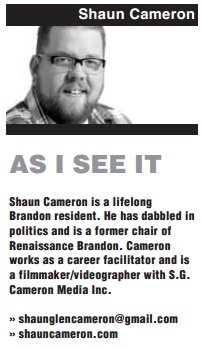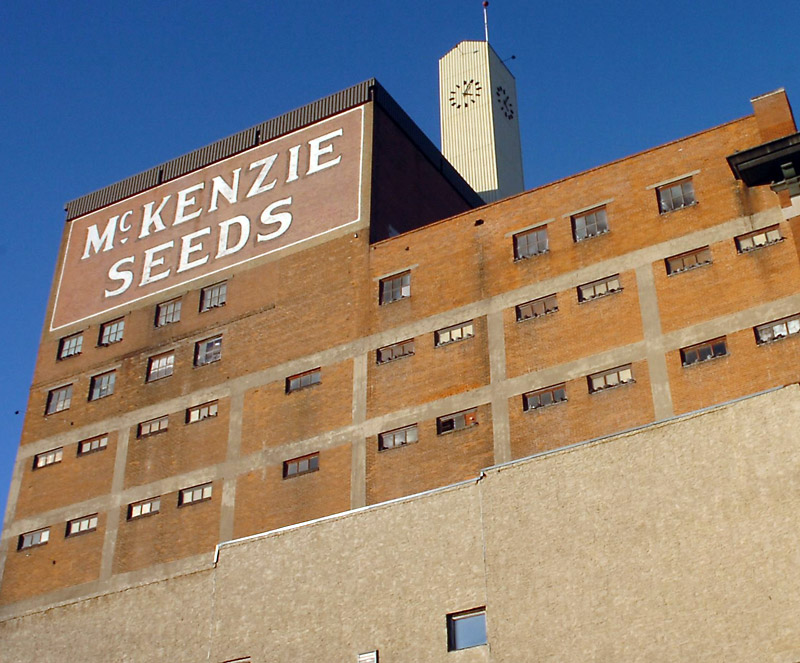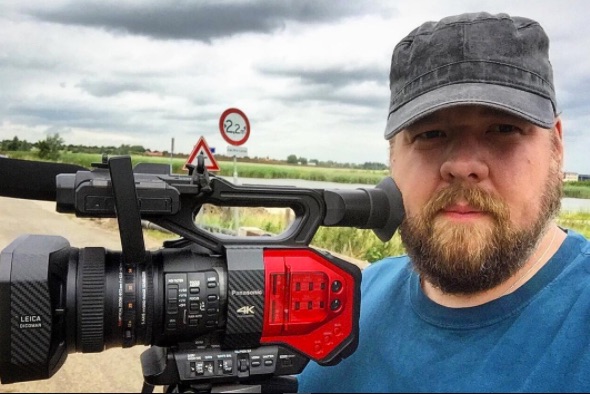Republished from the Brandon Sun print edition June 5, 2015

There is a school of thought that came to light in the early 1980s about broken windows in a neighbourhood.
The theory basically stated that broken windows left unchecked would indicate a larger, more systemic problem and would open the door to more serious criminal activity — the result being that petty crime was ignored, thus pushing criminals up the ladder of offences.
Fast-forward a couple of decades and there are two drastically different camps: the pro theory folks who continue to stand behind the idea, and the naysayers who consider the idea debunked.
The same challenges often exist when looking at the concept of community policing.
Many believe that the thought of police taking an active social role in a city helps stem the level of crime, just as many believe that a “soft on crime” approach lacks the teeth needed to deal with criminal elements at play in a community. Both ideas have their merits.
Now, two years later, is there is a positive return for the “smart on crime” community policing approach? That question has me diving back into downtown again this week to look at some positive steps the force has taken recently in bringing an increased presence of officer patrols in the city’s core.
Without a doubt, the city’s downtown continues to face many social issues, but plenty has been done from a business and community standpoint to dampen what is a very public concern.
The Brandon Police Service choosing to further enhance the number of patrols taken in the area and going out on foot in the community appears to be a very positive strategy, a further example of the community policing approach at work.
A look at crime statistics shared on the BPS website shows there is a disproportionate number of crimes occurring in the downtown region, so the resulting action makes sense.
Back in 2013, after sharing my thoughts on the issue in the pages of the Sun, I had the chance to speak with Brandon police Chief Ian Grant about the shifting mindset of limiting criminal activity through involvement in the community.
At the time, Grant alluded to this very approach being not just about crime but about the spectrum of reasons — social and otherwise — that lead to people becoming involved in criminal activity. He also was open in sharing the idea of being smart about how the police, including putting officers where the need was greatest — in this case, the city’s downtown.
More police in downtown will undoubtedly lead to a slight increase in arrests, but it shows that a blend of the community policing approach while harkening back to the broken windows theory makes sense for where our city is at.
The business sector, as well as residents in the area, will benefit from the force shifting resources and the city should be able to envision a nicer downtown in the long term.
There will always be a feeling that this approach unfairly singles out the disenfranchised in our community, but in the end, stemming some of the criminal activity at play while better focusing resources shows proper planning has gone into the strategy.
As I had shared back in 2013, policing throughout North America has been moving in this direction for some time. Our city is not unique in some of the challenges we face.
What has changed since then, however, has been the growth of the cadet program and further engagement by officers with youth in this community. Both strategies seem to be having a tremendously positive effect. The outreach provided through engaging youth at this level will be felt long term as police in this community build allies out of our youth as opposed to enemies.
Although year over year since 2013, we have seen an increase in arrests — from 3,892 in 2013 to 4,523 in 2014 — I still wholeheartedly believe that our force is on the right track with its current mandate.
Furthermore, an active-on-crime approach means more arrests will happen for minimal criminal activity until the community policing strategy takes full effect.
It takes time to create change, and this shift is almost generational in nature. By focusing on areas that need that mindset the most, such as the downtown, it makes sense for the future while weathering the storm in the present.






Social Profiles